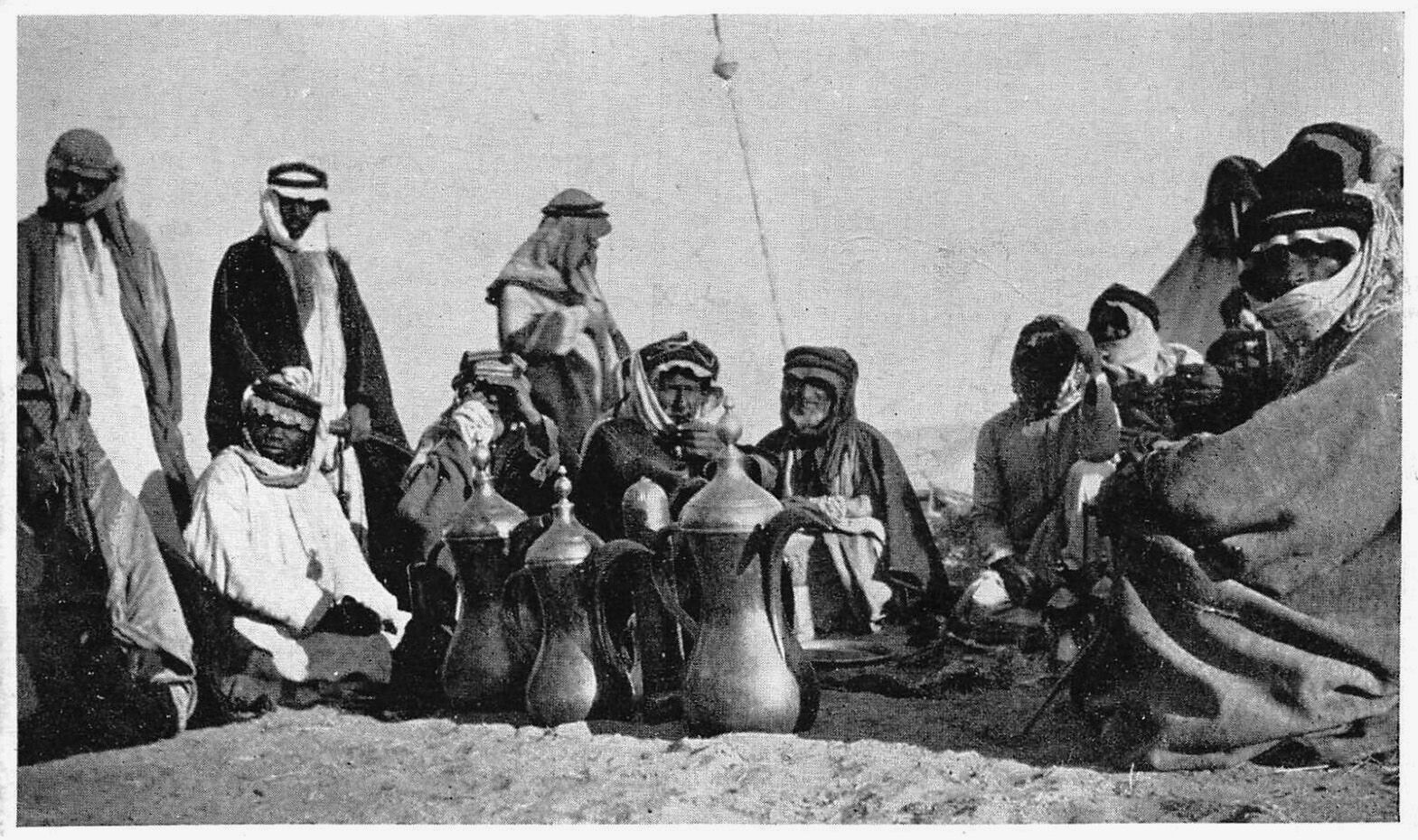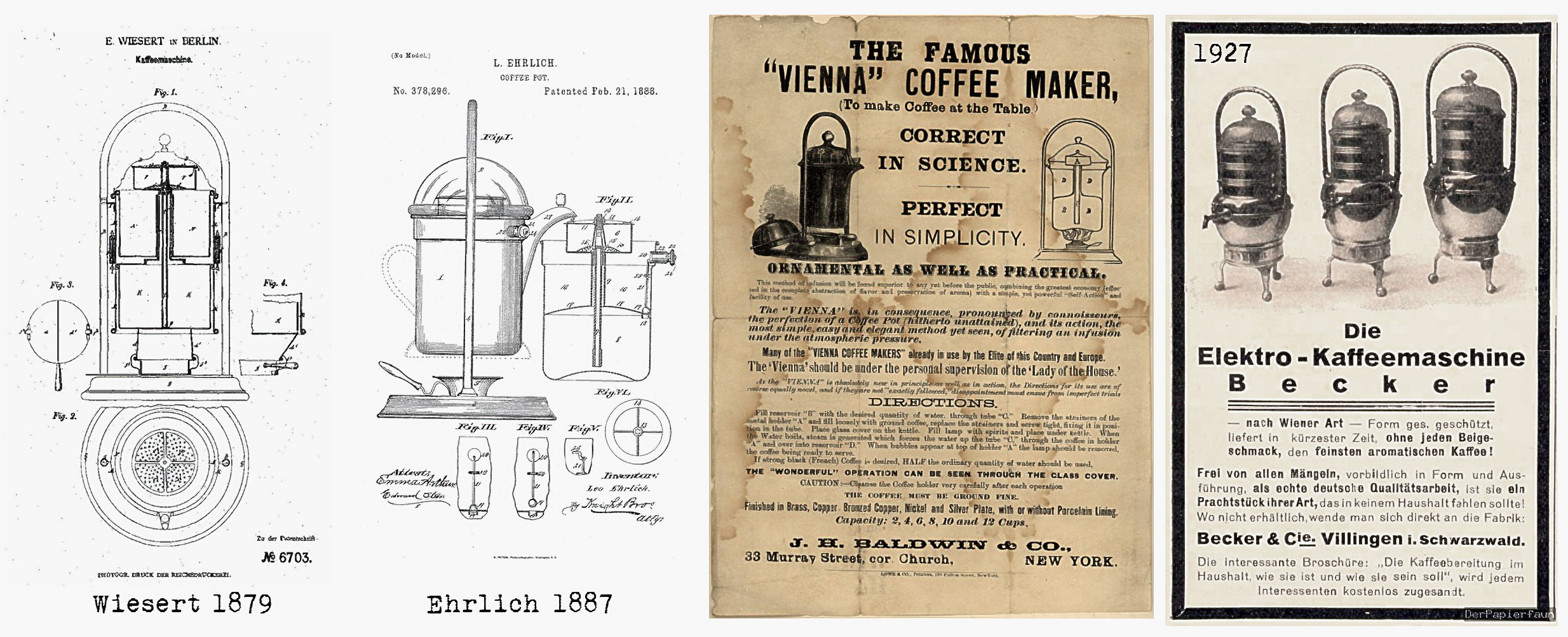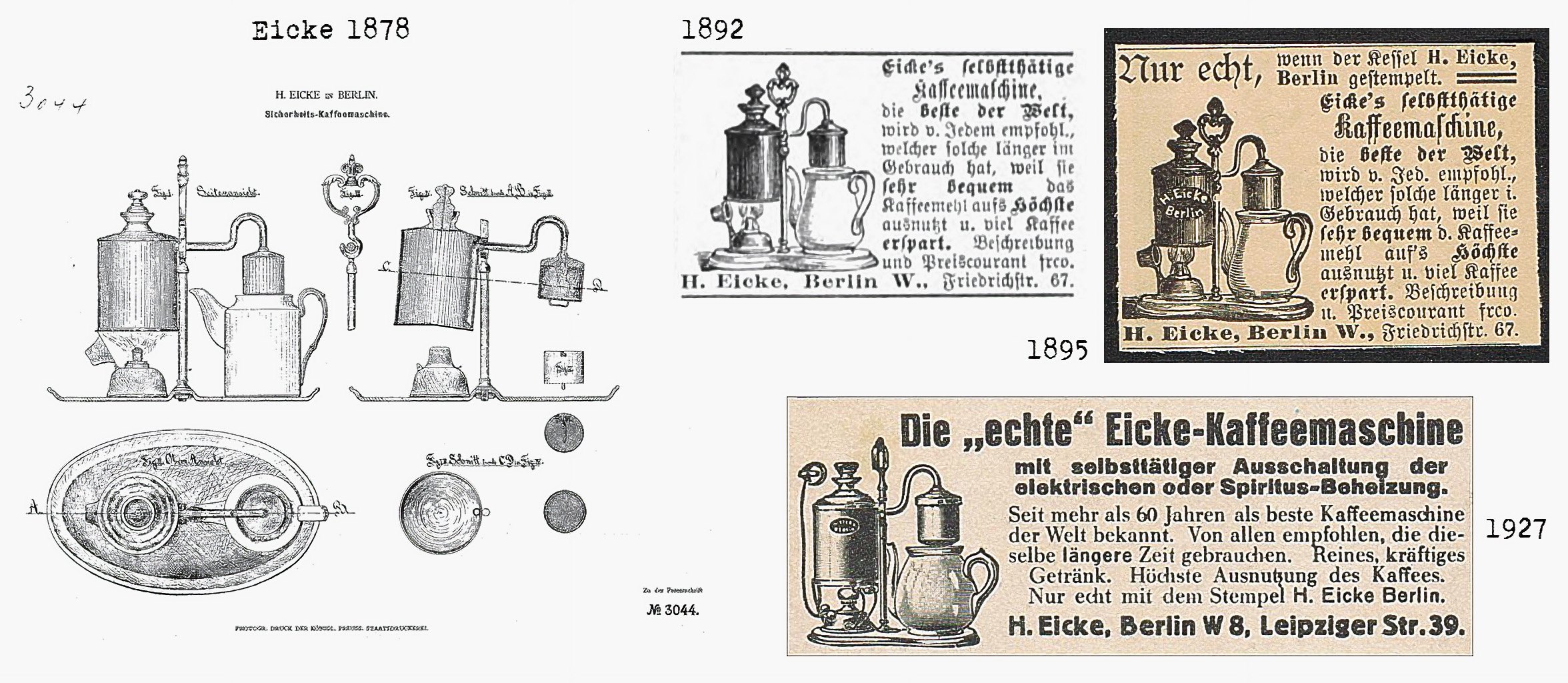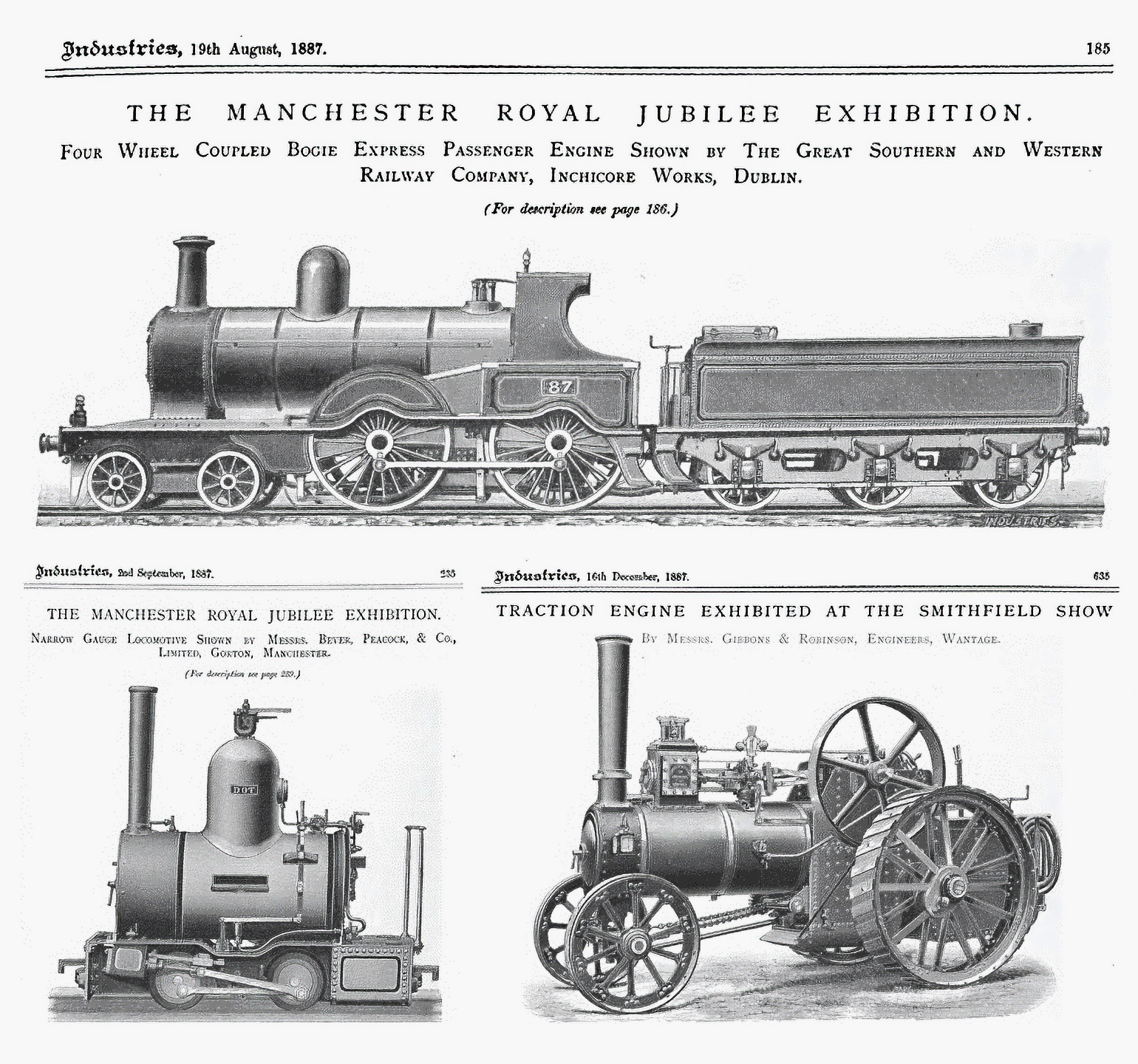Back to the roots by Sebastien Delprat
Were there any precursors to Moriondo and Bezzera? Of course there were.
In a huge majority of cases, an invention does not come ‘out of nowhere’. It always answers a specific need, and novel ideas often come from different people who are thinking about the same problem in different places at the same time. How the idea becomes either a success or a forgotten failure is a curious process. Furthermore, many ideas do not necessarily end up as written patents. That path is reserved in many countries to elites who have enough education and money to complete the registration procedures.
 Picture of Bedouins preparing coffee in the desert [S. Delprat Private collection, CC BY-SA].
Picture of Bedouins preparing coffee in the desert [S. Delprat Private collection, CC BY-SA].
When I reviewed the research on espresso machine history where Ian Bersten left it, the first thing that I realized is the extent to which historians are dependent on access to archives. Since the publication of Bersten’s famous book Coffee Floats, Tea Sinks in 1993, the internet has become the primary research tool. The vast quantity of public databases available, with hundreds of books accessible online, provides an incomparable source of information, especially thanks to the keyword search capability. Still, a large number of documents that Ian found in the 1980s and ’90s, sent in physical form to libraries and archives around the world, are not available online today. It seems that some will never be.
When you try to retrace the course of history, you soon realize that time is erasing a lot of the past and what remains is just what was saved through testimonies or preserved as objects that, sometimes mysteriously, travelled through time. Hence, history is most often told by the survivors, and it remains a very partial interpretation of the past. As Andrew Humphreys writes in his article about the Thomas Cook archives, ‘History may be written by victors but it’s also shaped by those with the best archives.’
I can’t agree more.
For my online research, I tend to accumulate as many different sources as I can (patents, books, articles, pictures, address, and so on), and then cross-check, sort, and order them carefully. From there, like a painting made from many touches, an image begins to appear, supported by the frame of the historical context. Some connections become clear. New clues arise, bringing more touches of colour to complete the portrait. If done properly, waiting enough for the elements to diffuse and underlayers to dry properly, this fastidious process should result in a great sfumato. But is it accurate?
Regardless of the care taken to create it, the portrait cannot be complete because some pieces will be missing and,above all, perception is altered by time. It is always risky to go back in time with a precise picture in mind; you might find a path that seems logical and perfectly credible but that has, in fact, no obvious connection. Following a process flow, or falling into a flaw of the process, is the historian’s burden. That’s why you can find people claiming that a Frenchman (Comte de Réal) invented the piston group during the nineteenth century: that belief is an example of a typical logic flaw.
For other cases, the historical link seems clear. For example, if I look back to inventions from Giraud and Römershausen dating to 1847, I can feel that these are clearly a step toward the ‘espresso machine’. Both French and German machines have a central boiler heated from below, and use steam force to push the heated water through the ground coffee. Many others had used this principle before, but Giraud and Römershausen thought ‘outside the box’ at the same time: their coffee reservoir, located outside the machine, is designed to be easily refilled with coffee. This idea was a milestone in the route toward the espresso machine.
 Inventions from Giraud (left) and Römershausen (right), both from 1847, feature steam pressure and an external coffee reservoir. On Giraud’s machine (left), the ground coffee was put between filters on the two cylinders fixed at the output of two curved tubes on each side of the machine’s top. On the Römershausen machine (right), the coffee was put on a box (which is seen open, with the machine facing up, in Fig. 36) that was closed and positioned upside down (Fig. 37) when water was boiling, to push the water through the coffee.
Inventions from Giraud (left) and Römershausen (right), both from 1847, feature steam pressure and an external coffee reservoir. On Giraud’s machine (left), the ground coffee was put between filters on the two cylinders fixed at the output of two curved tubes on each side of the machine’s top. On the Römershausen machine (right), the coffee was put on a box (which is seen open, with the machine facing up, in Fig. 36) that was closed and positioned upside down (Fig. 37) when water was boiling, to push the water through the coffee.
For many reasons, these two ancestors gave birth to unique lineages. While French innovators pursued the idea of building giant ‘percolators’ for cafés and bars, Germans continued to improve the idea of using steam pressure for home coffee preparation. Both the ‘Vienna’ and the Eicke coffee makers (dating from 1879 and 1878, respectively) are examples of this effort. Both were great ideas and commercial successes that lasted for more than half a century. The first one utilised the Rabaut/Parker principle; the other was the Römershausen ‘Dampfpresse’ (but without the ‘twist’, as the coffee box didn’t have to be flipped upside down for extraction).
 German inventions from Wiesert (1879) and Ehrlich (1887), at the origin of the ‘Vienna’ coffee maker, precursor of the moka pot
German inventions from Wiesert (1879) and Ehrlich (1887), at the origin of the ‘Vienna’ coffee maker, precursor of the moka pot
 German inventor Eicke (1878) developed the precursor of the home espresso machine
German inventor Eicke (1878) developed the precursor of the home espresso machine
Did these inventors from different countries know about one another’s work? How, in a world without the internet, without television, and even without radio, did the information travel around the world? In fact, information travelled quite well, maybe even better than today. There were letters, telegrams and telegraphs, but above all, there were journals, scientific reports, and patents. Larned societies, scientific commissions, national institutions, and assemblies worked as sounding boxes for a world that was demanding technological progress. That world was not submerged in as much crap as today’s, with its deluge of information. Yes, less can mean better (just as for espresso).
In addition to those information conduits, there were many national and international fairs around the world, as well as universal expositions where countries presented their most advanced technologies and hosted millions of people. For instance, the Universal Exposition of Paris in 1889 received 32 million visitors. These fairs were occasions for inventors to see one another’s work and certainly pick up some new ideas.
 Drawings from «Industries, A Journal of Engineering, Electricity, & Chemistry for the Mechanical and Manufacturing Trades» (1887) showing steam machines presented at regional exhibitions
Drawings from «Industries, A Journal of Engineering, Electricity, & Chemistry for the Mechanical and Manufacturing Trades» (1887) showing steam machines presented at regional exhibitions
The world was modernising rapidly in the nineteenth century. The invention of the steam machine brought incredible changes to societies. The increase of production made a lot of people move from the countryside to big cities, and the transportation routes that increasingly connected the closest town to (almost) the rest of the world. Just as coal fueled this revolution, coffee became the fuel for thousands of people moving from working at home, where they had followed the rhythm of the sun, to factories, which were cadenced by time clocks in cities where lights never turned off.
A profound mix of social and cultural ideas induced profound changes at all levels. Politically, this era was marked by the end of the royal class in many parts of Europe; regions united into parliamentary states or empires that fought to define or redefine their frontiers. The United Kingdom and France saw new powers emerge: Italy unified in 1871, with Rome as its capital, after a nearly 25-years process (Il Risorgimento), and the German empire was created the same year, after France’s defeat in the Franco-Prussian war. An era of globalization followed the Industrial Revolution.
Being an inventor at that time meant being fully aware of all the developments around the world. Because countries were in competition — and sometimes at war — scientific advances were used as ‘soft power’ against other countries. The fast pace of scientific discovery led to tremendous financial profits in many countries. A new wealthy class emerged, ready to discover the world, in particular, the wonders popularized by expeditions to exotic locales such as the Arab world, including the pyramids of Egypt.
And so, here we go again.… Antoine Galland’s 1699 book De l’Origine et du Progrès du Café had reported that
« In the Middle-East people drink coffee all day long, up to three or four ounces a day; they make it thick and drink it hot in small cups, without milk or sugar, but flavored with cloves, cinnamon, cumin seeds or essence of amber. » – Antoine Galland, «De l’Origine et du progrès du café» (1699).2
Did we just go full circle? In the 15th century, the first coffee drinkers were making it as a decoction with a very fine coffee grind. The Europeans found it too strong and didn’t like the fine powder at the bottom of the cup. That’s why scientists from the 18th century started to look for new extraction methods. Two centuries after the Du Belloy (invented, in fact, by the French chemist Descroizilles)3, Europeans were ready for much stronger coffee taste. Maybe right after they rediscovered the original taste by visiting themselves Middle East countries: in 1872, Jules Vernes published «Le tour du monde en 80 jours» («Around the world in 80 days») and indeed, exactly at that time, Thomas Cook started to offer trips to Egypt and around the world to the first tourists of the ‘modern’ world.
The 1870s were also important years for the espresso world, as the two main precursors of Moriondo’s espresso machine can be found back then. It has something to do with steam, of course, but also with Thomas Cook and Egypt, canals and stones.
1 Check out ‘Egypt in the Golden Age of Travel’, a blog by Andrew Humphreys.
2 Original text reads: «Les orientaux prennent du café toute la journée, et jusqu’à trois ou quatre onces par jour; ils le font épais et le boivent chaud dans de petites tasses, sans lait ni sucre, mais parfumé de clous de girofle, de la cannelle, des grains de cumin ou de l’essence de l’ambre.»
3 Check «Ascenseur pour l’Expresso», Episode 1 (2013).



0 Comments